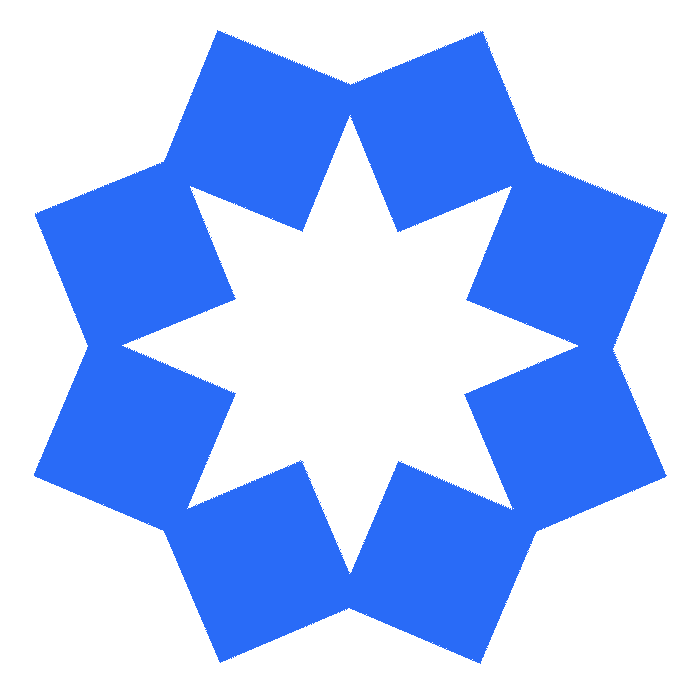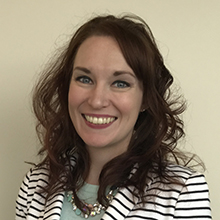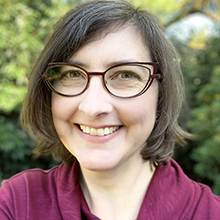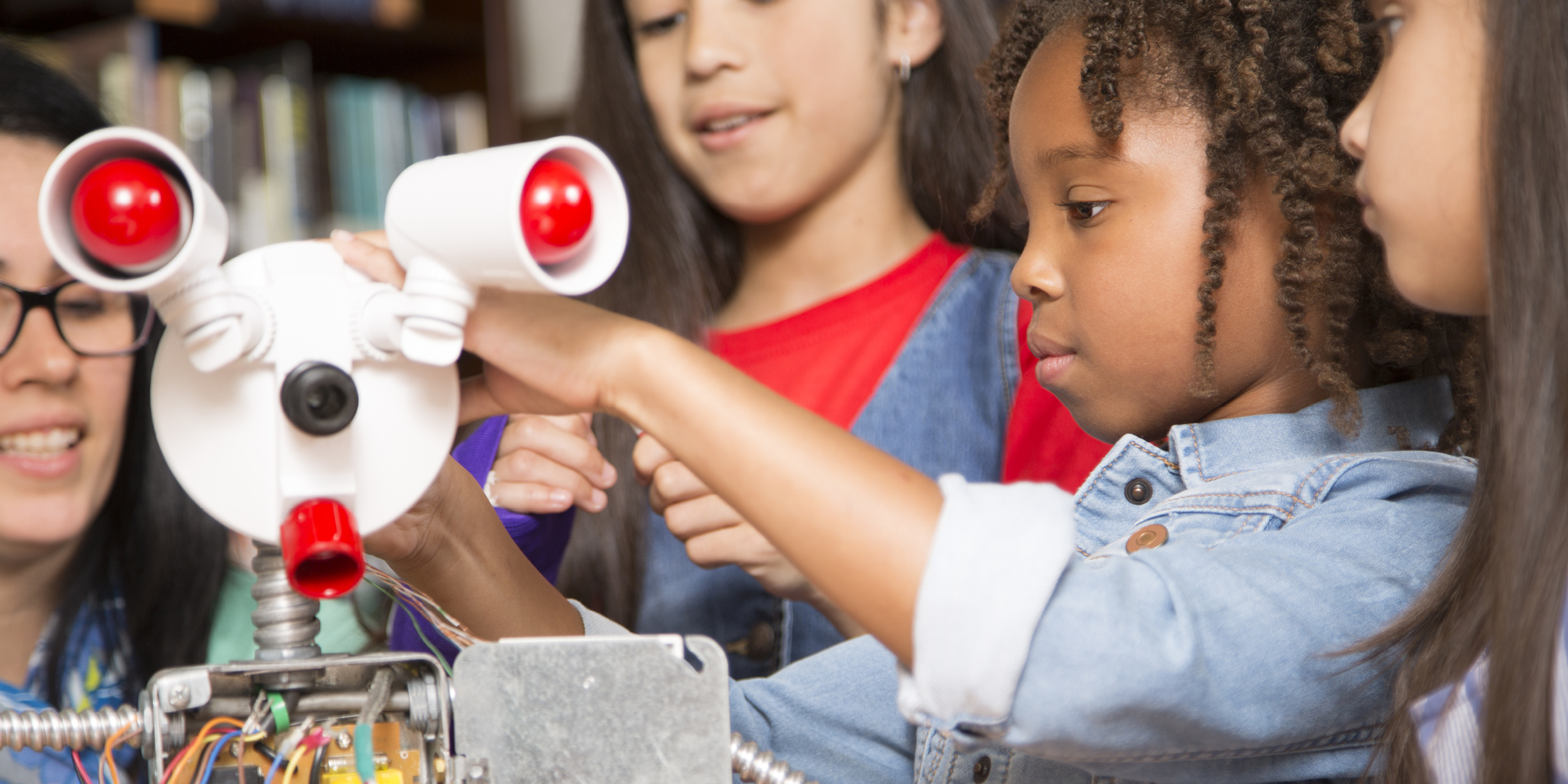Part 3: Why Partnership—and Flexibility—Make All the Difference

Nothing makes an evaluator happier than something unexpected.
In one memorable evaluation, librarians were provided resources to create and circulate STEM take-home kits. There were some bumps in the road, such as how to send out 450 LEGO® pieces and make sure you got most of them back. But the librarians, as they always do, got the job done.
But when we saw the circulation numbers for the STEM kits, we noticed something. Patrons had been consistently checking out kits at half of the libraries. The other half had much lower circulation numbers.
Some people might say this is a red flag. They might ask, are the kits failing?
We asked—Why?
We talked with librarians and found out that they also noticed the kits weren’t circulating. So what did they do? They asked why. (Told you they’re natural scientists—see Part 2.)
They talked to patrons and discovered that the check-out model wasn’t the best fit for their community. So they changed the system.
They offered the kits for use in the library—during programs, clubs, or as drop-in activities. The same materials, just delivered differently. Still reaching families. Still sparking STEM exploration.
The take-home message? There isn’t one right way to run a successful STEM program in a library. No one size fits all.
Each library knows its community best. And when we allow space for adaptation—rather than strict implementation—we often see better results. That’s the power of being responsive.
But flexibility doesn’t mean drifting from purpose. It means trusting that different paths can lead to the same outcome. In this case, helping patrons engage with science in a meaningful way.
Libraries that apply to participate in projects we evaluate know the overarching goals. But even with shared intent, the local context matters. It’s essential to ask:
- Do these goals resonate with you? Are there any goals you’re thinking about a little differently?
- Who is your audience? What do you know about them? What don’t you know about them?
- What would success look like for you and your community?
If a library tells us a goal doesn’t feel relevant, we don’t push harder—we ask why. Those conversations often reveal something valuable: a better way to frame the activity, a clearer connection to community priorities, or ideas for improving future programs.
That’s the value of true partnership. Programs aren’t just delivered to a library—they’re built with them. Their insights and adaptations aren’t “off-script”—they’re essential.
This applies to evaluation, too. Traditional methods (e.g., long surveys) don’t fit well in informal spaces. So we got creative:
- Short kid-friendly surveys printed on scavenger hunt sheets
- Drawing activities that capture what participants experienced
- Sticky-note boards for quick reflections
These approaches still give us meaningful data—but they feel more natural in a library setting. And they still lead to rich conversations about what’s working and what needs tweaking.
Partnership, flexibility, and mutual learning—that’s where the real impact happens.
Call to Action
Whether you’re a funder, facilitator, or evaluator, remember, local insight isn’t a barrier to scale—it’s the key to it. The best ideas often start with someone asking, “Why not do it this way?”
Resource
In this recent paper, we looked at how we might adapt our protocols to include more reflection, so that interviews and focus groups feel less like information extraction and more like meaningful conversations for everyone involved.
Jen Jocz is a senior research associate at EDC, where she works with programs to understand how informal learning spaces can better support STEM engagement and learning.
Ginger Fitzhugh is a research scientist at EDC, where she helps programs leverage data to achieve better outcomes for all learners.
Disclaimer
The material is based upon work supported by the National Aeronautics and Space Administration (NASA) under Cooperative Agreement No. NNX16AE30A (NASA@ My Library) and the National Science Foundation (NSF) under Grant Nos. DRL-1010844 (STAR Net), DRL-1906172 (STEAM Equity), and DRL-1657593 (Project Build). The work was also assisted and supported by the Space Science Institute, which was the recipient of the grant. Any opinions, findings, and conclusions or recommendations expressed in this material are those of the authors and do not necessarily reflect the view of NASA, NSF, or the Space Science Institute.







